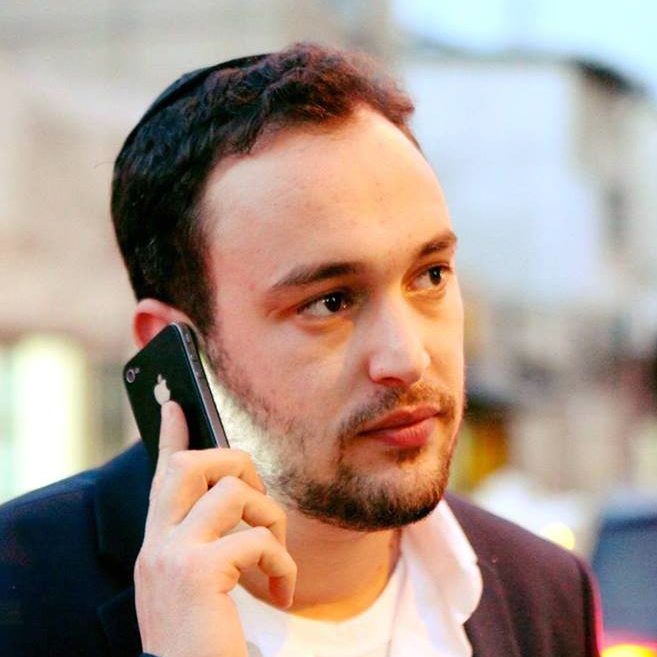Hear My Voice, See My Tears


H
ow many people come to shul on Yom Kippur night, wanting so much to feel holy and inspired and connected to teshuvah, but somehow it just doesn’t go for them? That’s how prolific chassidic songwriter Reb Moshe Goldman a”h felt one Yom Kippur too, and it sent him into a despondent tailspin. Then he reached the piyut with the words “Pnei l’elbon mekom avon lehasim… — note our embarrassment and reckon it as retribution for our sin,” and a niggun began to germinate in his ever-creative internal song bank to heal his soul.
Today, 20 years after he wrote the niggun and more than eight years after Moshe Goldman’s heartbreaking passing at age 58, his passionate, pleading “Pnei L’elbon” still endures as the seminal song of Yom Kippur in particular — as well as for all of Chodesh Tishrei.
It’s also the song that wafts through the air every year on 22 Adar, when a group of people — biological sons and sons of spirit — huddle around his tombstone in a New Jersey cemetery. Right before they turn to go, a gentle hum emerges as the words begin to rise to the heavens: “Pnei l’elbon, mekom avon lehasim, tzachan haser, vegam tevaser, libach chosim, Oy, oy oy, koli shema, ure’eh dema eini, riv rivi, she’ei nivi, vehashiveinu — salachti.”
But “Pnei L’elbon” isn’t the only Moshe Goldman song listeners automatically associate with the special energy of Tishrei. Reb Moshe’s “Zochreinu Lechayim” (from the Camp Shalva — Kenesher album) has become an integral part of the Motzaei Yom Kippur tish in Belz Yerushalayim, although Belz doesn’t generally allow many new songs in to the tishen. And in Satmar in Monroe, Reb Moshe’s “Melech Shochen Ad” (sung by Isaac Honig on his Behar Hamoriah album) has become part of the chassidus’s Erev Yom Kippur tish.
The impact of Moshe Goldman’s contribution to the Jewish music industry is well known — and not only during the Yamim Noraim — but what’s surprising is the enduring, persisting influence of his genre on chassidic music of the last decade, after he’d already passed away. Some of today’s most prominent chassidic music artists still consider Reb Moshe Goldman their rebbi in niggun.
Pitching Camp
Niggunim are an integral part of every Shabbos seudah, and it seems that tunes like the yeshivish “Baruch Kel Elyon” and “Higaleh Nah” have been around forever. Actually, they were created not so long ago by Moshe Goldman, a humble Bobover chassid from New York who — with over 380 compositions and 21 albums — was among the most prolific composers of chassidic music in modern times. But Reb Moshe was more than an artist: He gave rise to a phenomenon on whose foundation today’s return-to-roots chassidic music industry was built.
Reb Moshe was born in Germany in 1952 to Bobover chassidic parents who survived the Nazi death camps and rebuilt their lives. He grew up in Eretz Yisrael and came to America after his marriage.
“My father’s connection to the world of music began when he was a child,” his son Reb Chaim Yitzchak Goldman tells Mishpacha. “For years, though, he didn’t do anything with it. He would write and compose, but it was mostly for the drawer.”
After moving to America, Reb Moshe began engaging in music on a more professional level, but he still hadn’t reached the studio — until an unlikely development in the summer of 1974 turned out to be the catalyst for his entry into the world of recordings: He was appointed to direct Camp Shalva, Bobov’s summer camp, in the Catskill Mountains.
(Excerpted from Mishpacha, Issue 726)
Oops! We could not locate your form.







